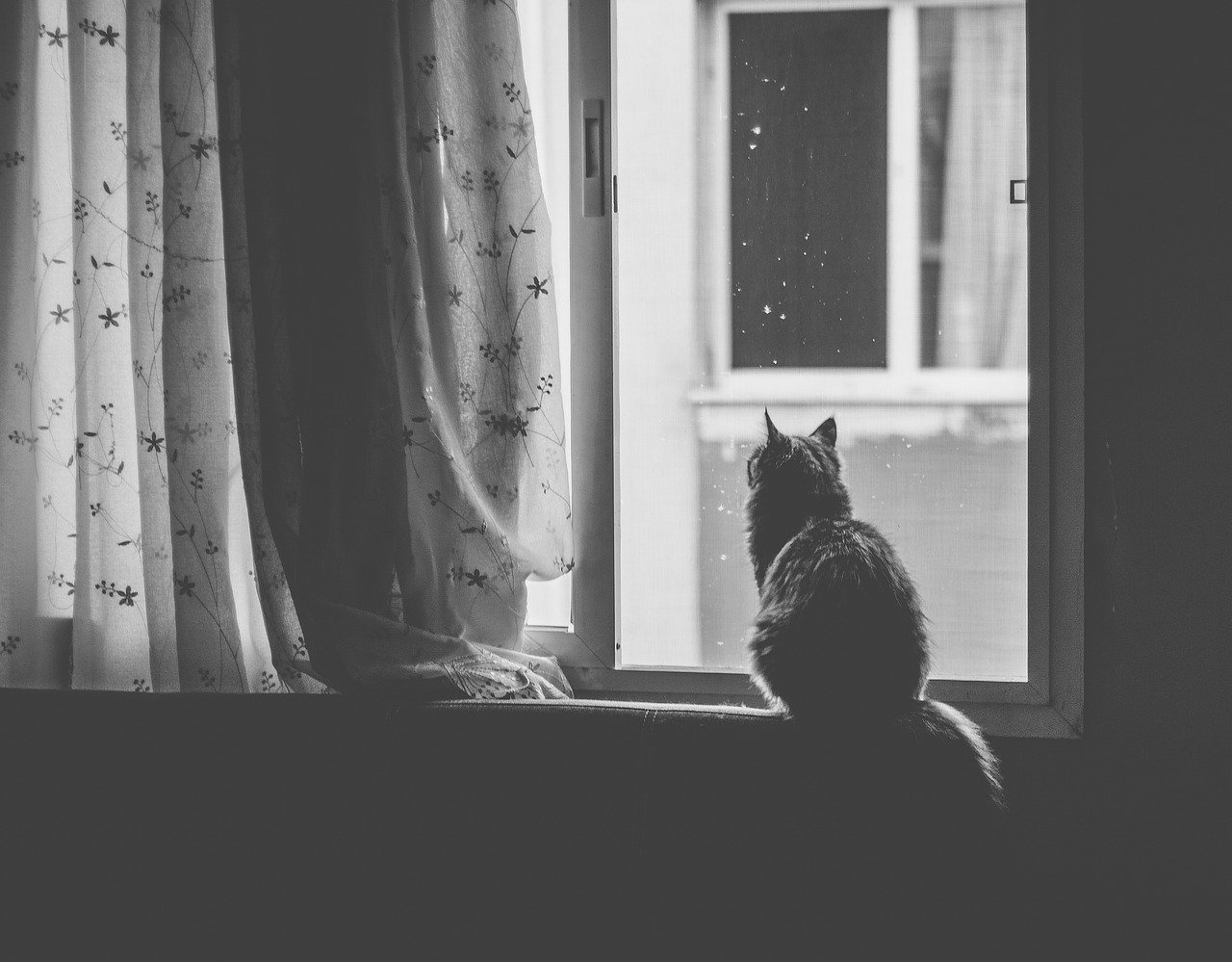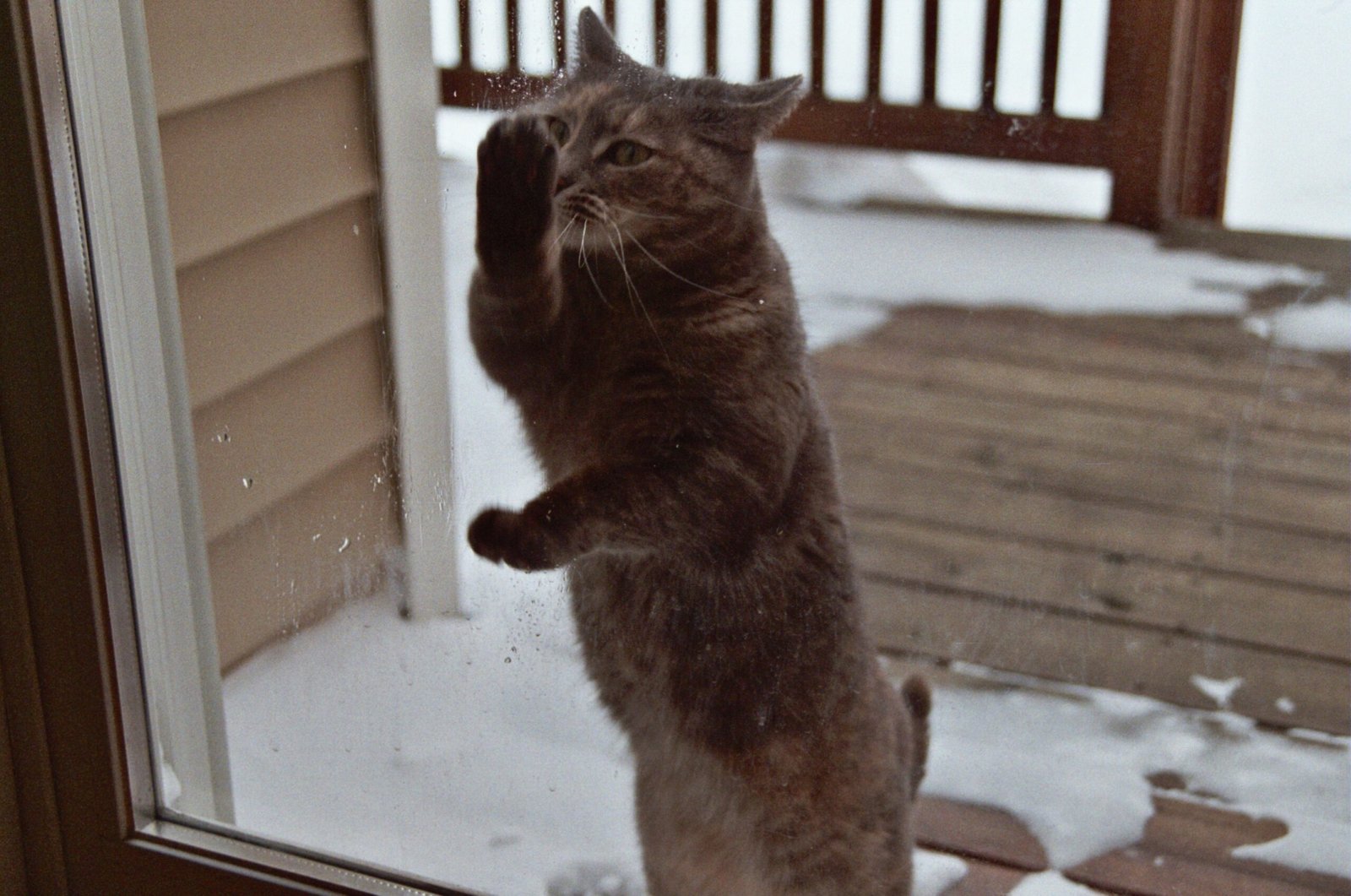Have you ever been jolted awake by your cat’s relentless meowing or the gentle tap-tap of furry paws on your face, hours before your alarm? If so, you know the unique frustration and sleep-deprivation only a determined feline can deliver. Cats are adorable bundles of energy, but their knack for disrupting human sleep can turn even the most devoted cat lover into a groggy, grumbling mess. Let’s unravel the mystery behind your early-morning feline alarm clock and explore the proven ways you can reclaim your rest—while keeping your kitty happy, too.
Understanding Your Cat’s Natural Instincts

Cats are naturally crepuscular, meaning they’re most active during dawn and dusk. This evolutionary trait comes from their wild ancestors, who hunted when prey was plentiful. So, if your cat is pawing at you at 5 a.m., it’s not personal—it’s biology. Recognizing this helps you realize your cat isn’t trying to annoy you; they’re just following their instincts. Understanding this behavior is the first step in finding a solution. Sometimes, when we see things from our pets’ perspective, it’s easier to be patient and creative with solutions. Remember, it’s not about changing your cat’s nature, but about setting healthy boundaries for both of you.
Feeding Schedules: Timing Is Everything

A common reason cats wake up their humans early is hunger. If your cat’s last meal is at 6 p.m., by morning they’re ravenous and looking to you for food. Adjust your feeding times to include a small meal right before bed. This can help tide your cat over until morning. Some people even use timed feeders to deliver breakfast at a reasonable hour, keeping their cat occupied and satisfied while you sleep. The secret is consistency—when you feed at the same times each day, your cat learns what to expect and may stop demanding food at ungodly hours. Think of it as setting a culinary curfew for your furry friend.
Ignoring Early Morning Behavior

Cats are quick learners, especially when it comes to getting what they want. If you respond to their early morning antics—be it with food, cuddles, or even shushing—you’re reinforcing the behavior. As hard as it is, try to ignore your cat when they wake you up early. This means no talking, no feeding, no attention at all. It can take a few days or even weeks, but eventually, most cats learn that bothering you in the morning gets them nowhere. It’s like teaching a toddler not to throw tantrums; consistency is key. Stick with it, and you’ll likely see improvement.
Enriching Daytime Play

Cats with pent-up energy are more likely to act out in the early hours. Make sure your cat is getting enough playtime during the day, especially in the evening. Use interactive toys, laser pointers, or even a simple string to get your cat moving. The goal is to tire them out so they’ll sleep through the night. A tired cat is a sleepy cat, and a sleepy cat is far less likely to wake you up at dawn. Make playtime a nightly ritual before bed, and you might be surprised how well it works. Plus, it’s a great way to bond with your furry friend.
Creating a Cozy Sleeping Environment

Where your cat sleeps can impact their nighttime behavior. Make sure your cat has a comfortable, warm, and safe place to sleep away from your bedroom—if possible. Some cats prefer soft beds, while others like enclosed spaces like boxes or covered beds. If your cat feels secure and cozy, they’re less likely to seek out your company at night. Experiment with different bed styles to see what your cat prefers. Sometimes, a simple blanket in a quiet corner can work wonders. Remember, cats love routine, so once you find a sleeping spot that works, stick with it.
Using Automatic Feeders

If your cat is food-motivated, an automatic feeder can be a game-changer. These devices dispense food at set times, taking you out of the equation. Your cat learns to associate breakfast with the feeder, not with waking you up. Choose a feeder that’s easy to clean and can handle your cat’s preferred food. Some feeders even play a sound when they release food, which can help condition your cat to wait for the machine instead of pestering you. This small investment can mean the difference between a full night’s sleep and yet another 4 a.m. wake-up call.
Providing Nighttime Entertainment

Boredom is a big reason cats seek attention at dawn. Offer toys that your cat can play with alone, like puzzle toys, balls, or stuffed mice. Some cats enjoy cat trees or window perches where they can watch outdoor activity. If your cat is occupied at night, they’re less likely to bother you. Rotate toys to keep things interesting—what’s new is always more exciting. Think of it like leaving a toddler with a coloring book and crayons; sometimes, the right distraction makes all the difference.
Blocking Out Light and Sound

Cats are sensitive to light and sound, and even a hint of dawn can make them think it’s time to start the day. Invest in blackout curtains to keep your bedroom dark. Use white noise machines or fans to muffle early morning sounds that might pique your cat’s interest. By controlling the environment, you can trick your cat into thinking it’s still nighttime. This simple step can make a big difference, especially in the summer when the sun rises early. It’s like telling your cat, “The night isn’t over yet!”
Training with Positive Reinforcement

Reward your cat when they behave as you’d like in the morning. If they wait patiently or stay quiet, give them treats or extra affection once you’re up. Avoid punishing your cat for waking you—negative reinforcement rarely works and can damage your bond. Positive reinforcement helps your cat connect good behavior with rewards. Over time, your cat will learn that being calm gets them what they want, while early-morning chaos does not. Training a cat takes patience, but the payoff is worth it.
Not Giving in to Demands

This one is tough: don’t give in to your cat’s early-morning requests. If you feed them or play with them when they wake you, you’re telling them it’s okay. Stand your ground, even if it means putting up with a few noisy mornings. Eventually, your cat will stop expecting results from their antics. Think of it like ignoring a child’s tantrum—not easy, but necessary for change. Set clear boundaries and stick to them, and your cat will adapt.
Managing Multiple Cats

If you have more than one cat, things can get complicated. Sometimes, one cat is the ringleader, encouraging the others to join in the early wake-up calls. Identify which cat is starting the behavior and focus your training efforts there. Make sure all your cats have enough resources—food bowls, beds, toys—so competition doesn’t drive the morning madness. It might take a bit more effort, but consistency works even in multi-cat households. Each cat is unique, so be patient and adjust strategies as needed.
Setting Boundaries in the Bedroom

If your cat sleeps with you, it may be time to set some boundaries. Try closing your bedroom door at night. If your cat protests, offer them a cozy bed outside your room. Some cats take time to adjust, but most will settle into a new routine. If shutting the door isn’t possible, try using a baby gate to keep your cat out. Creating a pet-free sleep zone can help you get uninterrupted rest, while your cat learns to entertain themselves.
Addressing Medical Issues

Sometimes, early-morning wake-ups are a sign of a medical problem. Cats with hyperthyroidism, diabetes, or urinary issues may become restless at night. If your cat’s behavior changes suddenly or is accompanied by other symptoms, consult your vet. Ruling out medical issues is crucial before addressing behavior. Your cat’s health always comes first, so don’t ignore the possibility that something more serious is going on. A quick check-up can provide peace of mind for both you and your feline friend.
Reducing Evening Stimulation

While playtime is important, too much excitement right before bed can have the opposite effect. Try winding down your cat’s activities an hour before you go to sleep. Offer gentle petting, soft music, or a warm spot to relax. This helps your cat transition from play mode to sleep mode. Think of it like a bedtime routine for a child—quiet, calming activities lead to better sleep. Experiment to find what soothes your cat and stick with it.
Establishing a Consistent Routine

Cats thrive on routine. Feed, play, and interact with your cat at the same times each day. A predictable schedule helps your cat know what to expect and reduces anxiety-driven behaviors. If your routine is all over the place, your cat may act out to get your attention. Set a daily rhythm that works for both of you and stick with it, even on weekends. Over time, you’ll both benefit from the predictability.
Using Pheromone Diffusers

Some cats benefit from calming pheromone diffusers, which release synthetic cat pheromones into the air. These products can help reduce anxiety and promote relaxation. Plug one in near your cat’s favorite sleeping spot and see if it makes a difference. While not a cure-all, pheromone diffusers can be a helpful addition to your toolkit. They’re especially useful for cats who are nervous or easily startled. Think of them as a little extra “chill” in the air.
Addressing Separation Anxiety

Some cats wake their humans because they’re anxious when left alone at night. If your cat follows you everywhere and seems distressed when you leave, separation anxiety might be the cause. Offer comfort with a favorite blanket, a piece of your clothing, or a safe space to retreat. Gradually teach your cat to be comfortable alone by leaving for short periods and rewarding calm behavior. Patience and understanding go a long way in helping your cat feel secure.
Rotating Toys and Activities

Cats get bored with the same toys day after day. Keep things fresh by rotating toys every few days. Introduce new activities, like treat puzzles or cardboard boxes to explore. This mental stimulation can keep your cat occupied at night and less likely to wake you up early. Think of it as changing up the scenery in a child’s playroom—variety keeps things exciting and reduces mischief.
Offering a View Outside

Many cats love to watch birds, squirrels, or just the sunrise. Set up a perch by a window where your cat can safely observe the world. A simple window ledge or cat tree can provide hours of entertainment. Some people even install bird feeders outside to give their cats something to watch. This natural enrichment satisfies your cat’s curiosity and can help distract them from waking you up. Sometimes, a good view is all a cat needs to start their day quietly.
Being Patient and Consistent

Changing a cat’s behavior doesn’t happen overnight. Be patient and consistent with your approach. It might take a few weeks to see real progress, but don’t give up. Cats are creatures of habit, and with time, they’ll adjust to your new routine. Celebrate small victories and remember that perseverance pays off. The more consistent you are, the sooner you’ll enjoy peaceful mornings again. Isn’t it worth the effort for a little extra sleep?
Hi, I’m Bola, a passionate writer and creative strategist with a knack for crafting compelling content that educates, inspires, and connects. Over the years, I’ve honed my skills across various writing fields, including content creation, copywriting, online course development, and video scriptwriting.
When I’m not at my desk, you’ll find me exploring new ideas, reading books, or brainstorming creative ways to solve challenges. I believe that words have the power to transform, and I’m here to help you leverage that power for success.
Thanks for stopping by, Keep coming to this website to checkout new articles form me. You’d always love it!






